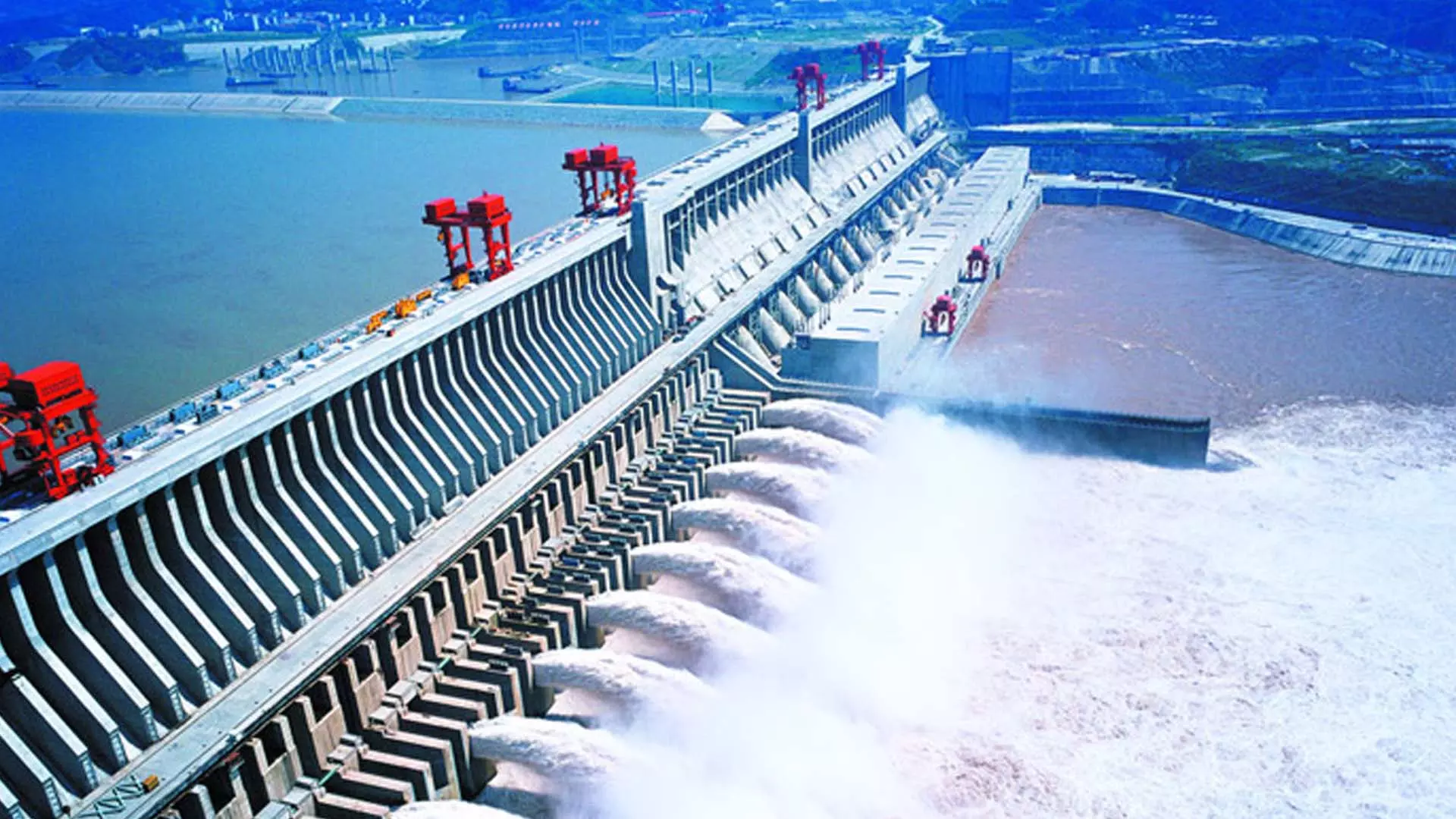
Such projects will have severe implications downstream, says the expert
New China dam on Brahmaputra: Threat for India and Bangladesh? | Interview
India must act fast as China begins building the world’s biggest dam on the Brahmaputra. Can diplomacy prevent a water war?

As China begins constructing the world’s largest hydroelectric dam on the Yarlung Zangbo River in Tibet — known downstream as the Brahmaputra — concerns are mounting in India and Bangladesh over its ecological and strategic implications. The Federal spoke to senior Supreme Court advocate Mohan Katarki, a leading authority on river water disputes, to decode the legal frameworks, geopolitical signals, and India’s strategic options.
What does international law say about upstream and downstream river rights?
To understand this issue, it's important to grasp that international water law is based on the concept of “equitable apportionment.” This principle evolved to balance the interests of both upstream and downstream riparian states. While earlier doctrines like the Harmon Doctrine (asserting full upstream control) and the Natural Flow Theory (arguing for unaltered downstream flow) represented extremes, the law now rests on four key principles:
Each riparian state has an equitable share in the river’s waters.
No state should harm another through its use of a shared river.
All riparian states are responsible for protecting the environment.
Projects must include transboundary impact assessments.
In this case, China, India, and Bangladesh are the key riparian states, with Bhutan having a minor stake. Since the Brahmaputra originates in Tibet and flows through India into Bangladesh, any action by China as the upstream country can impact the others.
How has this doctrine played out in international examples?
In the past, the U.S. initially adopted the Harmon Doctrine in a dispute with Mexico over the Rio Grande, claiming no obligation to downstream states. But that position changed when the U.S. itself became a downstream party in disputes with Canada. This led to the development of the equitable sharing doctrine.
Today, the International Court of Justice affirms that all countries in a river basin share equal rights, but the extent of their rights depends on specific equitable factors such as geography, existing usage, and environmental impact.
What does India stand to lose if this dam is completed?
China’s proposed dam, with a planned storage capacity of 120 billion cubic metres (BCM) and potential to generate 60,000 MW of power, is a mammoth structure—three times the size of the already-massive Three Gorges Dam. Such a project could have severe downstream implications.
For India, the primary concern is reduced water flow, altered hydrological patterns, and vulnerability to sudden water releases. There’s also the threat of “weaponization of water”—intentional flooding during conflict—which could submerge large parts of Assam.
“Releasing 100 BCM of water during hostility could flood Assam. I don’t think China would do such an inhuman act, but the threat must be acknowledged,” Katarki warned.
What international remedies can India explore?
Both India and China are not signatories to the UN Convention on the Non-Navigational Uses of International Watercourses. However, customary international law still applies. This means India can:
Engage diplomatically with China
Raise the issue at the UN Security Council
Work with other affected countries like Bangladesh
Mobilize global opinion by highlighting ecological concerns
There is also a need to study the environmental impact, biodiversity shifts, and even potential effects on Earth’s axis due to such a massive dam, Katarki noted.
What is India’s internal response so far, and is it sufficient?
There is significant confusion within India itself. The Chief Minister of Assam has publicly downplayed concerns, saying the state has enough water and doesn't rely on China. However, Katarki stressed the need for a unified and informed national stance backed by solid hydrological data.
“It’s essential for India to crystallize its interests in the Brahmaputra and communicate them clearly,” he said.
India must also address inconsistencies—such as one arm of the government expressing concern while another seems unbothered. The Central Water Commission, Ministry of Jal Shakti, and the External Affairs Ministry need to align on strategy and messaging.
What should India do next to protect its interests?
India must urgently engage China to formulate clear rules of dam operation and data exchange protocols. A trilateral Brahmaputra Commission including Bangladesh, similar to the Mekong Commission, should be created to ensure cooperation, transparency, and dispute resolution.
Katarki also recommended constructing a buffer dam on the Indian side to mitigate flood threats and improve water management.
“The solution lies in diplomacy, credible data, and clear operational rules. Without this, confusion will reign, and the people of Assam will be the first to suffer,” he said.
The content above has been generated using a fine-tuned AI model. To ensure accuracy, quality, and editorial integrity, we employ a Human-In-The-Loop (HITL) process. While AI assists in creating the initial draft, our experienced editorial team carefully reviews, edits, and refines the content before publication. At The Federal, we combine the efficiency of AI with the expertise of human editors to deliver reliable and insightful journalism.

